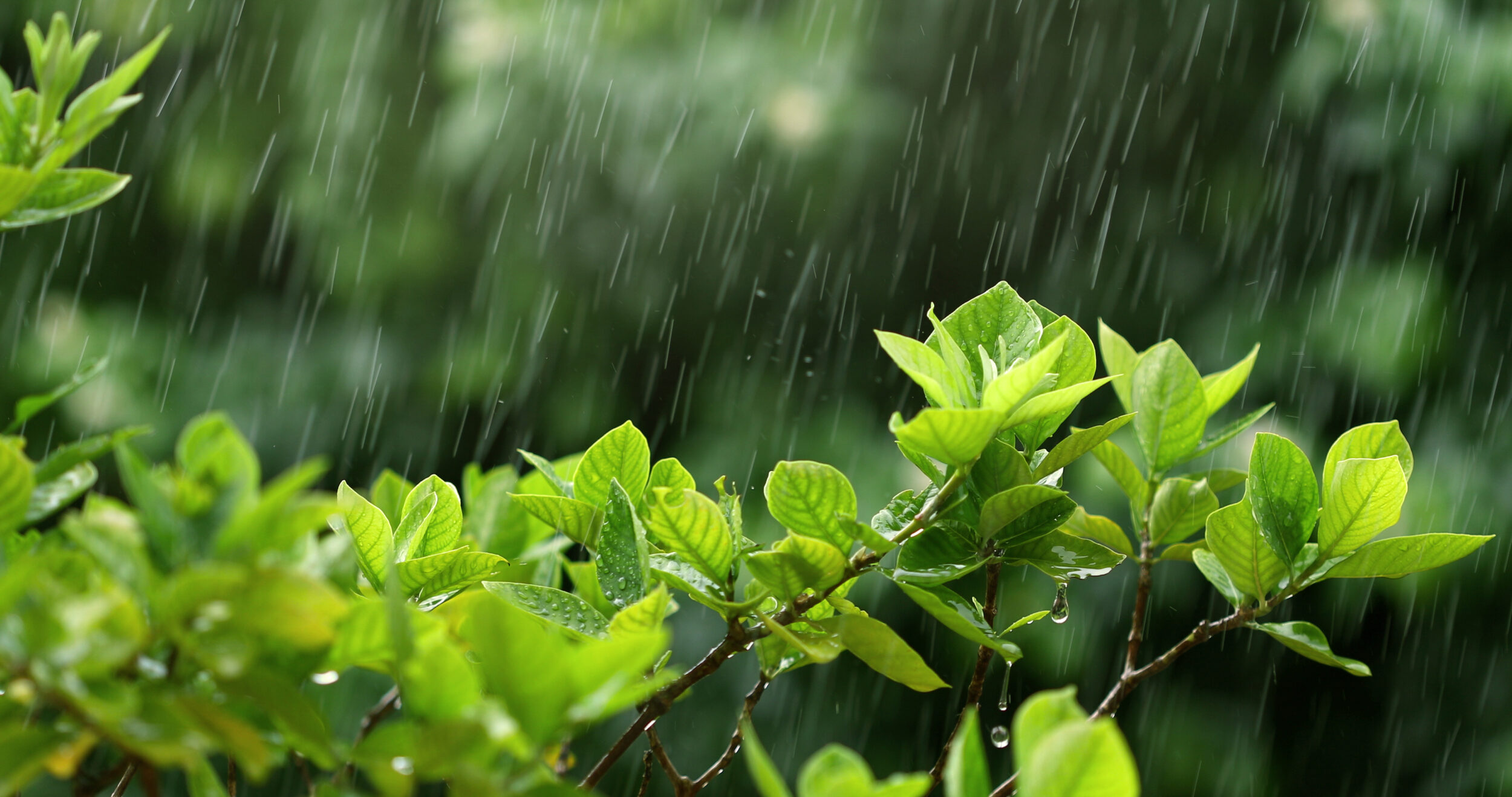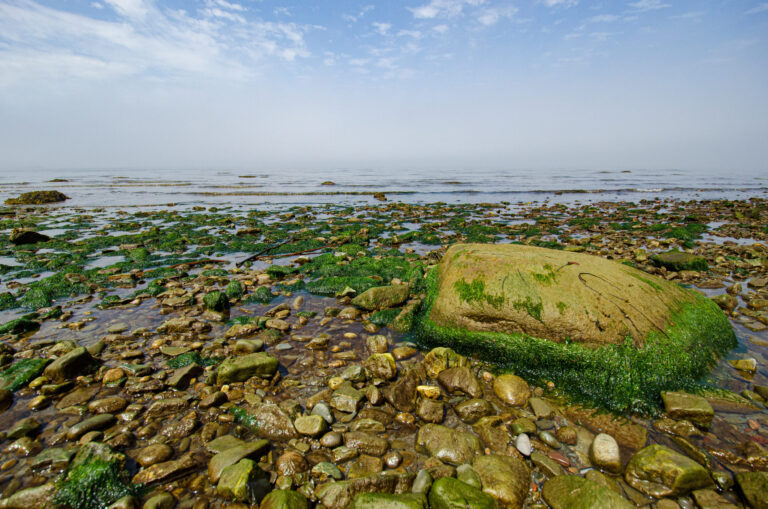To properly grasp what is happening in an aquatic environment, we must first understand the surrounding terrestrial system. This topic is of particular interest to François Guillemette, a professor in the Department of Environmental Sciences at Université du Québec à Trois-Rivières, who set out to trace the flow of carbon when water comes in contact with the terrestrial ecosystem through rainfall on trees, which then act as vertical watersheds.
When it rains, water runs off leaves and along branches and trunks, absorbing dissolved organic matter (nutrients) much like a cup of water infused with aromas from a tea bag. However, this water flux remains poorly understood: what remains in the soil? What ends up in waterways?
To study this link in the carbon cycle, François Guillemette focused on eight tree species (five deciduous and three coniferous) at three sites: one in an urban area in the south of the province (on the UQTR campus) and two forest sites at northern latitudes (at Lac Laflamme and Saint-Félicien). He took samples each year for three years, including measurements of tree morphology (branch angle, bark roughness, etc.). The data collected during the winter were particularly valuable, as such data are still scarce despite increasing rainfall during the cold season.
The data collected suggest that leaves do not play a major role in carbon transfer but rather serve to channel water to the branches. The water that runs down the trunk is more “aromatic” than the water that flows through the canopy. It is worth noting that the carbon contained in water that has percolated through deciduous trees is more accessible to microorganisms in the soil than carbon from, for example, trunk decomposition.
Given that climate change will lead to changes in forest composition, how will carbon sinks evolve and what impact will this have on microbial communities in the soil? Through his research, François Guillemette hopes to contribute to predictive models, providing insight into the consequences of these changes.
DOI: https://doi.org/10.69777/287968
Reference
Dalcher-Gosselin, Isabelle (2023). Influence de la morphologie des arbres sur la répartition des précipitations et du carbone organique dissous en forêts tempérées et boréales. Mémoire. Trois-Rivières, Université du Québec à Trois-Rivières.




